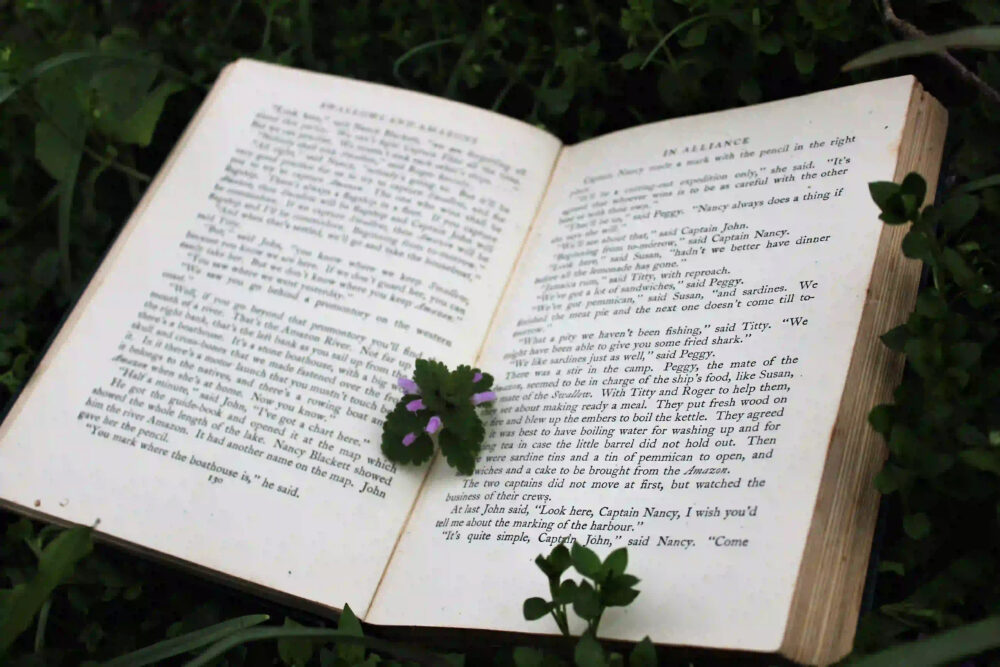The concept of the hero’s journey is a timeless and universal theme that has resonated with audiences across cultures and generations. From ancient myths to modern literature, the hero’s journey archetype has evolved and adapted, reflecting the changing values and beliefs of society. In this blog post, we will explore the evolution of the hero’s journey archetype in literature, from its roots in ancient storytelling to its contemporary interpretations.
The Ancient Archetypes
The hero’s journey archetype has its origins in ancient mythology and folklore. Stories from civilizations such as ancient Greece, Mesopotamia, and India often featured protagonists who embarked on epic quests, faced trials and tribulations, and ultimately emerged transformed. These ancient archetypes, such as Hercules, Gilgamesh, and Rama, embodied the virtues and values esteemed by their respective cultures, serving as paragons of courage, wisdom, and resilience.
The Influence of Classical Literature
The hero’s journey archetype continued to permeate literature through the classical period, with influential works such as Homer’s The Odyssey and Virgil’s The Aeneid showcasing the enduring appeal of the heroic quest. These epic poems further solidified the foundational elements of the hero’s journey, including the call to adventure, the mentor figure, the crossing of the threshold, and the ultimate return with newfound knowledge and growth.
The Renaissance and Romanticism
As literary movements evolved, so did the portrayal of heroism in literature. The Renaissance period saw a resurgence of interest in classical themes, while the Romantic era celebrated the individual and the sublime. Heroes in works like Don Quixote and Frankenstein embodied complex and often flawed characters, challenging traditional notions of heroism and adding depth to the hero’s journey archetype.
Modern Interpretations
In the 20th and 21st centuries, the hero’s journey archetype underwent further transformation as literature responded to the changing social, political, and cultural landscapes. From the existential angst of post-war literature to the rise of dystopian and superhero fiction, the hero’s journey archetype adapted to reflect contemporary anxieties and aspirations. Characters like Harry Potter, Katniss Everdeen, and Frodo Baggins became emblematic of the modern hero, resonating with audiences navigating an increasingly complex world.
Conclusion
The evolution of the hero’s journey archetype in literature reflects the enduring power of storytelling to capture the human experience. As society evolves, so too does our understanding of heroism, resilience, and transformation. From ancient myths to contemporary novels, the hero’s journey continues to inspire and captivate, reminding us of the universal truths that transcend time and place.
In conclusion, the hero’s journey archetype in literature is a testament to the enduring appeal of the human quest for meaning, purpose, and growth. As authors continue to explore and reinterpret this timeless theme, the hero’s journey will remain a cornerstone of literary exploration, offering insight into the complexities of the human condition.
I hope you find the blog post engaging and informative! If you need any further assistance, feel free to ask.
